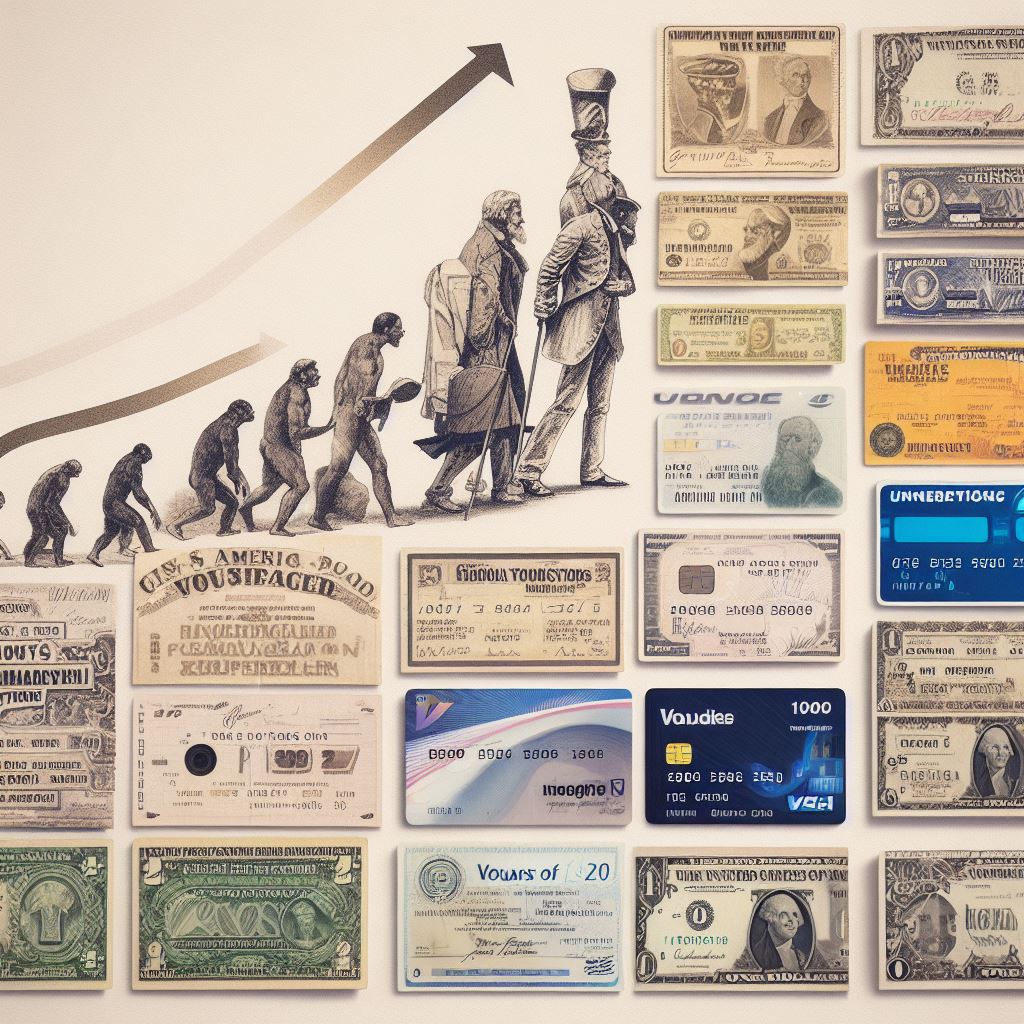Tracing the American Journey of Meal Vouchers

Step into the fascinating world of meal vouchers as you embark on a journey through the history, impact, and controversies surrounding this essential employee benefit.
From their humble origins to their integration in the modern workplace, these vouchers have shaped the way we view employee rights and benefits.
Join us as we delve into the controversies and legal battles surrounding their use, and explore the potential future reforms that could reshape this vital aspect of the American workplace.
Key Takeaways
- Meal vouchers were initially introduced in the early 20th century in the United States as a cost-effective way to provide meals to workers in industries like mining, manufacturing, and construction.
- Meal vouchers offer increased convenience and work-life balance for employees by providing a meal outside the office and encouraging team bonding through shared experiences.
- Meal vouchers contribute to employee rights by ensuring designated meal breaks, improving overall well-being through access to affordable meals, and fostering a culture of respect for employee rights.
- However, controversies and legal battles arise regarding the distribution and classification of meal vouchers, raising questions about discrimination, wages, tax treatment, and implementation and enforcement of meal voucher policies.
- The future outlook for meal vouchers includes potential reforms such as digitization through electronic vouchers or mobile applications, easier distribution and tracking, and the expansion of options for meal voucher usage to cater to changing preferences and the rise of remote work.
Early Origins and Adoption
You’ll discover that meal vouchers first gained popularity in the United States during the early 20th century. These vouchers were initially introduced as a way to provide meals to workers in industries such as mining, manufacturing, and construction. The concept quickly spread, and by the 1920s, many companies began offering meal vouchers as a benefit to their employees.
During this time, the adoption of meal vouchers was driven by a combination of factors. Firstly, employers saw the vouchers as a cost-effective way to provide meals to their workers, as they could negotiate discounted rates with local restaurants and cafeterias. Secondly, meal vouchers were seen as a way to improve employee morale and productivity, as workers no longer had to worry about bringing their own lunch or finding affordable meals during their breaks.
The popularity of meal vouchers continued to grow throughout the 20th century, with more and more companies adopting this benefit for their employees. Today, meal vouchers are commonly used in various industries and have evolved to include digital formats, making it even more convenient for employees to access and use them.
Expansion and Integration in the Workplace
The expansion and integration of meal vouchers in the workplace have revolutionized the way companies provide dining benefits to their employees. Here are some key points to consider:
- Increased convenience: Meal vouchers offer employees a hassle-free way to access meals during their workday. They can simply redeem their vouchers at participating restaurants or cafeterias, eliminating the need to carry cash or pack lunches.
- Enhancing work-life balance: By providing meal vouchers, companies are acknowledging the importance of a healthy work-life balance. Employees can use the vouchers to enjoy a meal outside the office, promoting relaxation and rejuvenation.
- Boosting employee morale: Offering meal vouchers as a benefit can significantly enhance employee morale and job satisfaction. It shows that the company values its employees’ well-being and is willing to invest in their happiness.
- Encouraging team bonding: Companies often organize team lunches or outings using meal vouchers, fostering a sense of camaraderie among employees. These shared experiences can strengthen relationships and improve teamwork.
- Supporting local businesses: By partnering with local restaurants and food establishments, companies that integrate meal vouchers into their benefits package contribute to the growth of the local economy.
Impact on Employee Benefits and Rights
As meal vouchers continue to expand and integrate in the workplace, their impact on employee benefits and rights becomes increasingly significant.
Meal vouchers offer a range of benefits for employees, including the provision of a nutritious meal, increased job satisfaction, and improved work-life balance. By providing employees with access to affordable and convenient meal options, employers can enhance the overall well-being of their workforce.
Additionally, meal vouchers can also have a positive impact on employee rights. They help to ensure that employees are provided with their entitled meal breaks and aren’t forced to work through their designated break times. This promotes a healthier work environment and fosters a culture of respect for employee rights.
Furthermore, meal vouchers can also contribute to improved employee productivity and engagement. When employees are well-nourished and have the opportunity to take regular meal breaks, they’re more likely to perform at their best and contribute positively to the organization.
Controversies and Legal Battles
While controversies and legal battles have arisen surrounding meal vouchers in the American workplace, it’s important to understand the implications and outcomes of these disputes. Here are some key points to consider:
- Discrimination claims: Some employees argue that the distribution of meal vouchers is discriminatory, as certain groups may be disproportionately excluded or receive fewer benefits.
- Wage and hour disputes: Legal battles have emerged regarding whether meal vouchers should be considered part of an employee’s wages and subject to overtime calculations.
- Tax implications: Questions have been raised about the tax treatment of meal vouchers, with some arguing that they should be considered taxable income.
- Collective bargaining negotiations: Unions have often included meal vouchers in their negotiations with employers, leading to conflicts over the terms and conditions of their distribution.
- Enforcement challenges: The implementation and enforcement of meal voucher policies have faced scrutiny, with instances of employers failing to comply with regulations or abusing the system.
These controversies and legal battles highlight the need for clear guidelines and regulations surrounding meal vouchers in the American workplace. As we explore the future outlook and potential reforms, it’s crucial to address these issues and ensure fair treatment for all employees.
Future Outlook and Potential Reforms
Looking ahead to the future of meal vouchers in the American workplace, you can expect to see potential reforms and changes on the horizon. As the landscape of employee benefits continues to evolve, meal vouchers are likely to undergo modifications to better meet the needs and preferences of both employers and employees.
One potential reform is the digitization of meal vouchers. Instead of physical paper vouchers, electronic vouchers or mobile applications may be introduced, allowing for easier distribution and tracking. This shift towards digital platforms can also provide employees with more flexibility in choosing where and when to use their vouchers.
Another potential reform involves expanding the options available for meal voucher usage. Currently, meal vouchers are primarily used for purchasing food from restaurants or grocery stores. However, there may be a push to include more diverse options, such as meal delivery services or even meal kit subscriptions. This would cater to the changing consumer preferences and the rise of remote work, where employees may prefer the convenience of having meals delivered to their doorstep.
Frequently Asked Questions
How Do Meal Vouchers Differ From Other Employee Benefits Like Health Insurance or Retirement Plans?
Meal vouchers differ from health insurance or retirement plans. They are a form of employee benefit that provides a specific amount of money for meals, usually through a prepaid card or voucher system.
Are There Any Specific Industries or Sectors That Have Been More Receptive to the Adoption of Meal Vouchers?
In some industries, meal vouchers have been embraced more readily. They offer a tasty solution to the age-old problem of hunger at work. Let’s explore which sectors have been particularly receptive.
How Do Meal Vouchers Impact the Overall Morale and Productivity of Employees?
Meal vouchers can positively impact your overall morale and productivity as an employee. They provide a convenient way to enjoy meals, saving you time and money. This can lead to increased satisfaction and motivation in the workplace.
Have There Been Any Studies Conducted to Assess the Long-Term Effects of Meal Vouchers on Employee Health and Well-Being?
Have studies assessed the long-term effects of meal vouchers on health and well-being? Yes, they have. These studies provide valuable insights into how meal vouchers impact employee health and help improve overall well-being.
Are There Any International Examples of Countries Implementing Meal Voucher Programs, and if So, What Can We Learn From Their Experiences?
Are there any countries that have implemented meal voucher programs? Yes, several countries, such as France and Brazil, have implemented such programs. We can learn from their experiences in terms of program design and impact on employee welfare.



